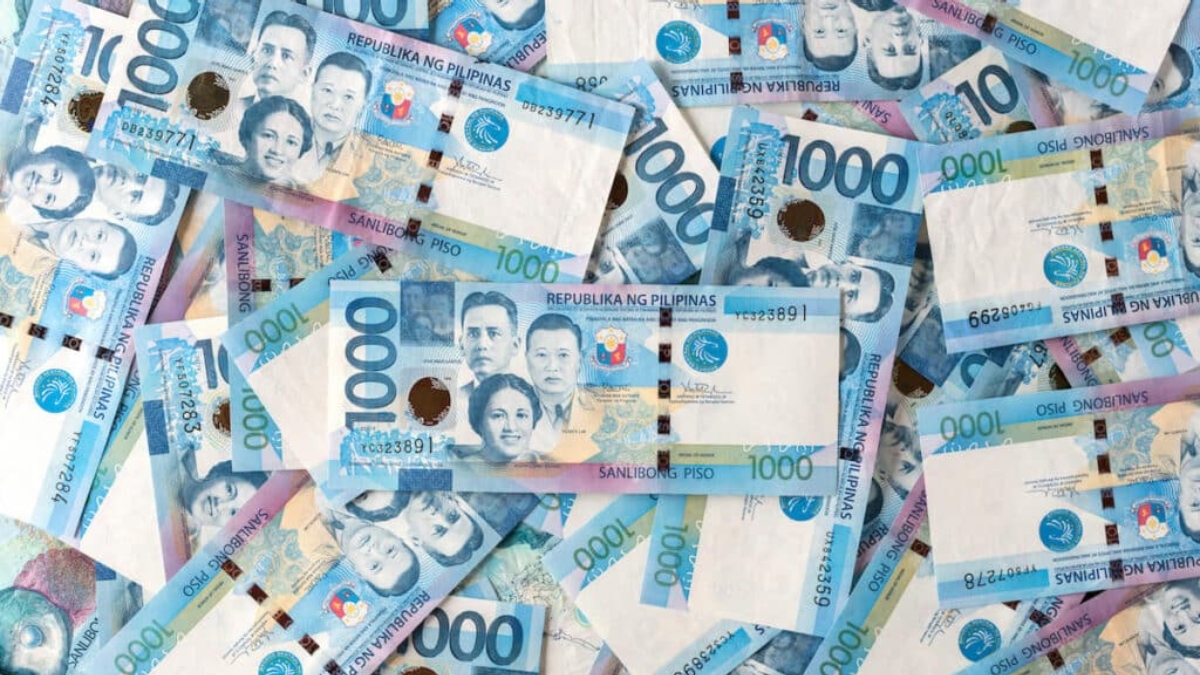The Philippines’ total debt rose to P16.09 trillion by the end of November 2024, marking a P70.7 billion or 0.4 percent increase compared to October, according to an ABS-CBN News report, citing the Bureau of Treasury. The rise was attributed to net financing and the peso’s depreciation against the US dollar.
The peso weakened from P58.198 to P58.602 per US dollar during the period, which affected both domestic and foreign debt levels.
Domestic debt, which comprised P10.92 trillion or 67.87 percent of the total, increased by P30.67 billion due to the issuance of domestic securities and currency valuation changes. Meanwhile, foreign debt accounted for P5.17 trillion or 32.13 percent, rising by P38.88 billion mainly due to currency fluctuations and new foreign loan availments.
Treasury noted that the peso’s depreciation added P35.61 billion to the valuation of US dollar-denominated debt, offset slightly by a P5.06 billion reduction in the valuation of debt denominated in other currencies.
Since the start of the year, domestic debt has grown by 9 percent or P903.73 billion, while external debt rose by 12.4 percent or P570.97 billion. This continues a trend of rising obligations, as the country’s debt stood at P12.89 trillion when President Ferdinand Marcos Jr. took office in July 2022.
Despite the increase, economic managers have maintained that the country’s debt remains manageable, citing economic growth. As of September, the debt-to-GDP ratio stood at 61.3 percent, slightly higher than 60.2 percent in the same period last year and 60.1 percent at the end of 2023.
The Philippines borrowed extensively during the COVID-19 pandemic to support public health efforts and stimulate the economy through infrastructure spending.






